Full Automatic Constant Pressure Variable Frequency Water Supply Equipment is a new generation of hi...
See DetailsSelf-sucking Pump: How Long Before It Needs Repair?
Industry News-You paid extra for the “self-sucking” promise so you could mount the unit high, dry and reachable, yet every brochure sidesteps the question that really matters: how many calm years will it run before the wrench appears? The honest answer is “somewhere between 18 months and 12 years,” and the spread is almost entirely in your hands. Below is a field-tested timeline of what typically fails, when, and what small habits can push each part a full decade down the road.
Year 0 – 1: The honeymoon
Most quality self-sucking pumps ship with a mechanical seal rated for 8 000 hours at 1 800 r/min. If your duty cycle is intermittent—say, 45 minutes a day for lawn irrigation—you will log only 275 hours a year; the seal should still look like new. The common early casualty is instead the priming valve seat. Cheap EPDM flaps can take a permanent set after a summer of 80 °C water, letting the casing lose prime overnight. Upgrade to FKM on day one and you erase 70 % of “it won’t re-prime” calls inside the year.
Year 2 – 3: Rag season
Self-sucking trash pumps pass 76 mm spheres, but feminine wipes and dog hair braid into rope that winds on the impeller hub. When the clearance closes, the pump works harder and seal temperature climbs 8–10 °C. At that point you have roughly 300 hours before the faces score. Install a $40 inline basket strainer and you push the problem past year five; skip it and you will pull the back-plate in month 28.
Year 4 – 6: Bearing fatigue
The oil-bath bearings in many 1–3 kW units are 6304-2RS sealed ball types, good for L10 life of 25 000 hours—plenty on paper. Reality intrudes when the mechanical seal weeps slightly, water dilutes the oil, and viscosity drops. Vibration analysis shows a 3× spike in the bearing tones roughly 18 months after the trace of water in the sight glass. Change the oil every 2 000 hours or switch to a sealed, maintenance-free bearing cartridge and you buy another four years of quiet evenings.

Year 7 – 9: Wet-end erosion
If you irrigate with canal water, 200 mg/L of silt acts like 1 200 grit sandpaper on the impeller vane tips. Once the tip clearance doubles, suction lift falls 0.3 m per year and the pump begins hunting for prime. A replaceable stainless wear plate costs $55 and can be swapped in 20 minutes; wait too long and the cast-iron volute itself erodes, turning a quick wear-part job into a $400 casing replacement.
Year 10+: The decision point
A pump that has lived on clean municipal water, strainer-protected, with annual oil changes, will still pull its rated 7.6 m lift at year 12. At that age the motor insulation starts to craze, and efficiency has drifted down 4–5 %. You can rewind for $180 or replace the whole unit; either way you have already beaten the national average service life of 8.3 years reported by the Irrigation Association.
Rule-of-thumb budget
Plan on $0.015 per pumped cubic metre for wear parts if you follow the habits above; ignore them and the cost jumps to $0.06. In a domestic setting that is the difference between a $9 year and a $36 year—small change compared with one Saturday spent pulling a dead pump out of a wet well because it lost prime at 2 a.m.
So, how long before your self-sucking pump needs repair? Count the hours, not the calendar.


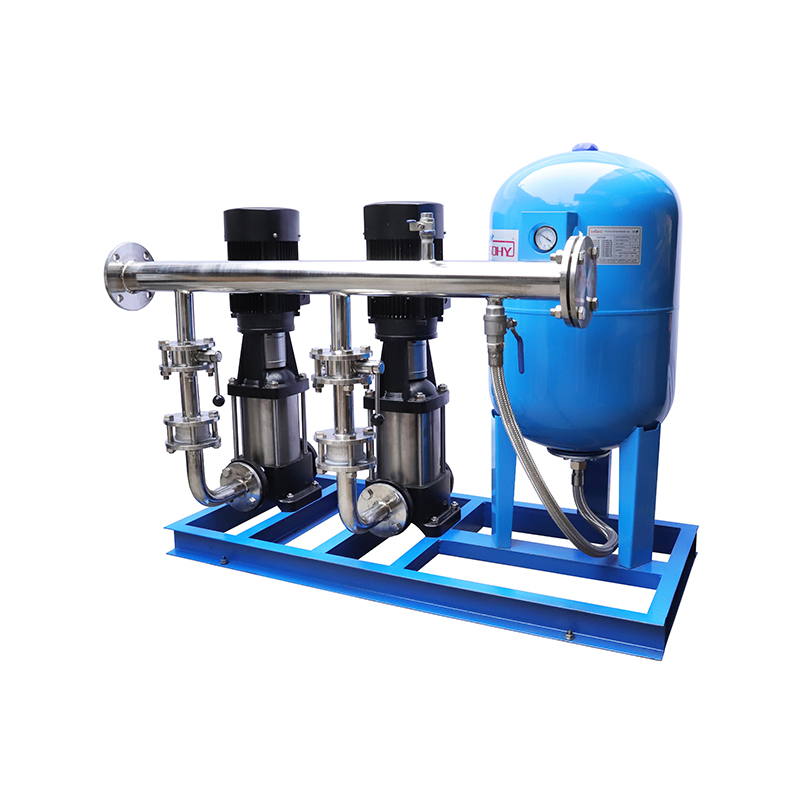
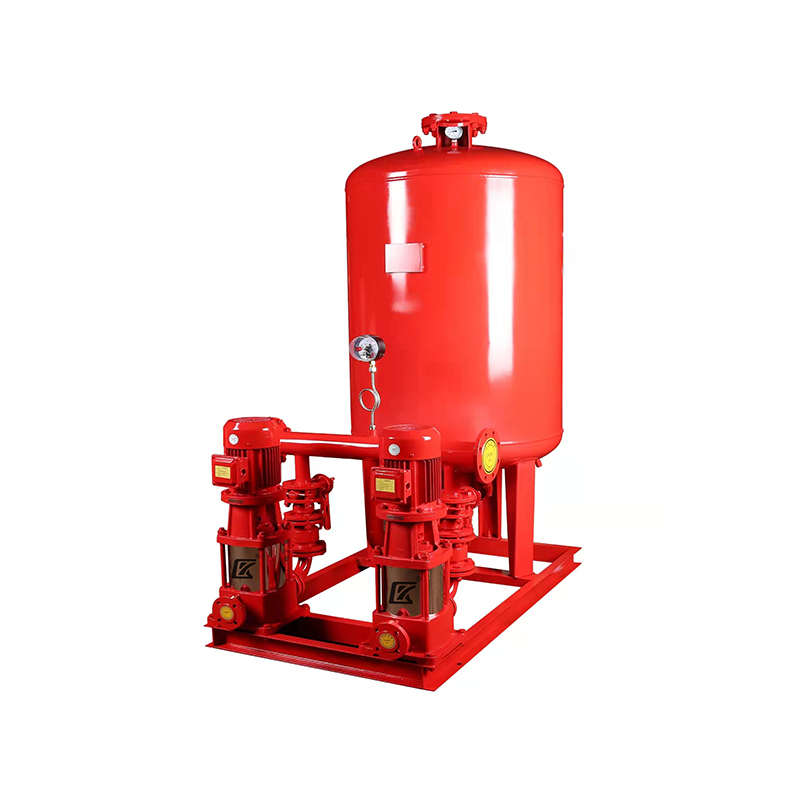
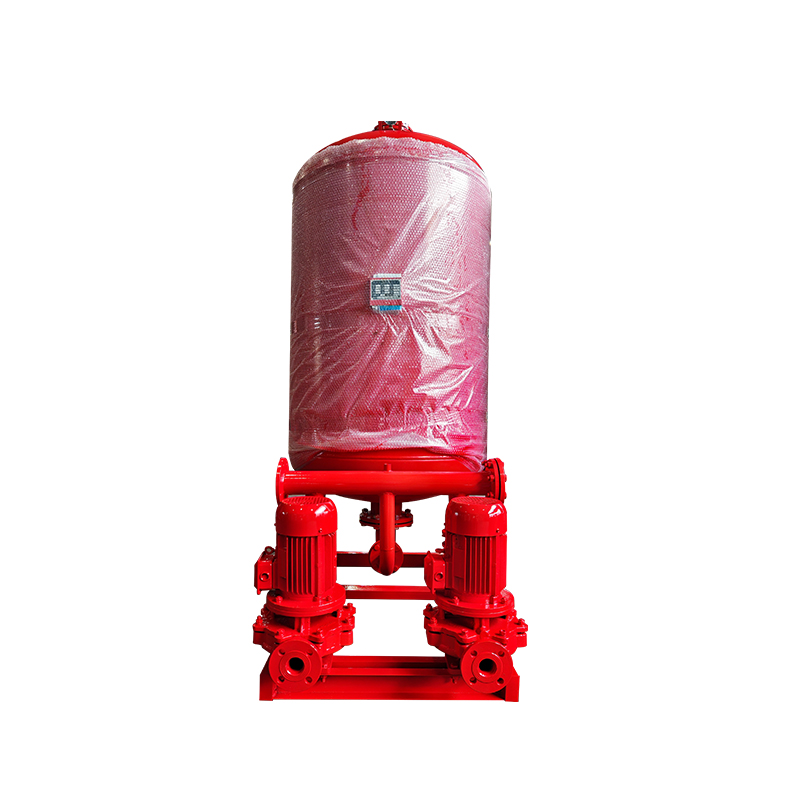

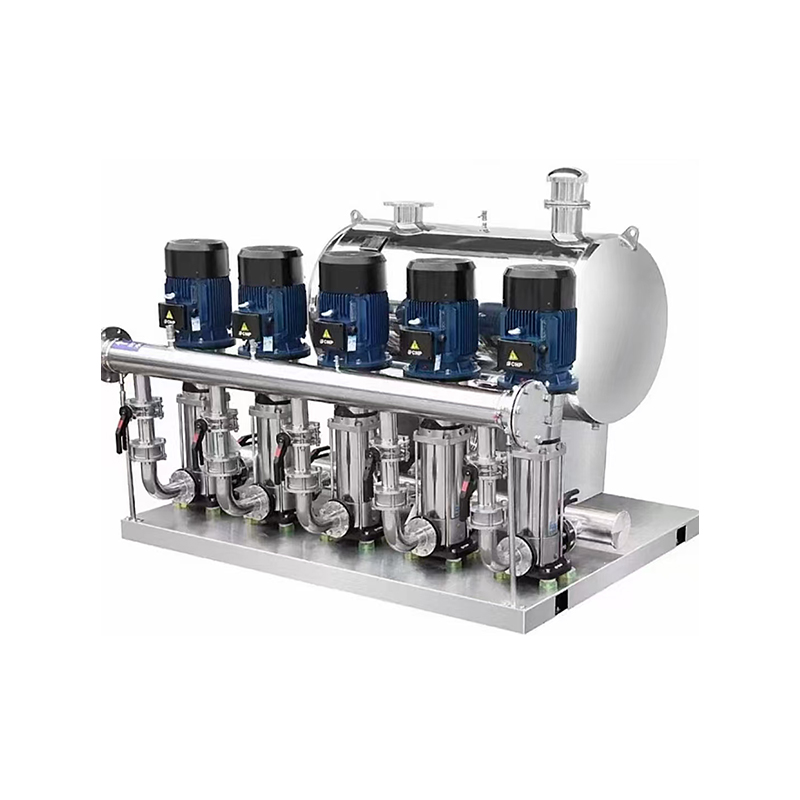

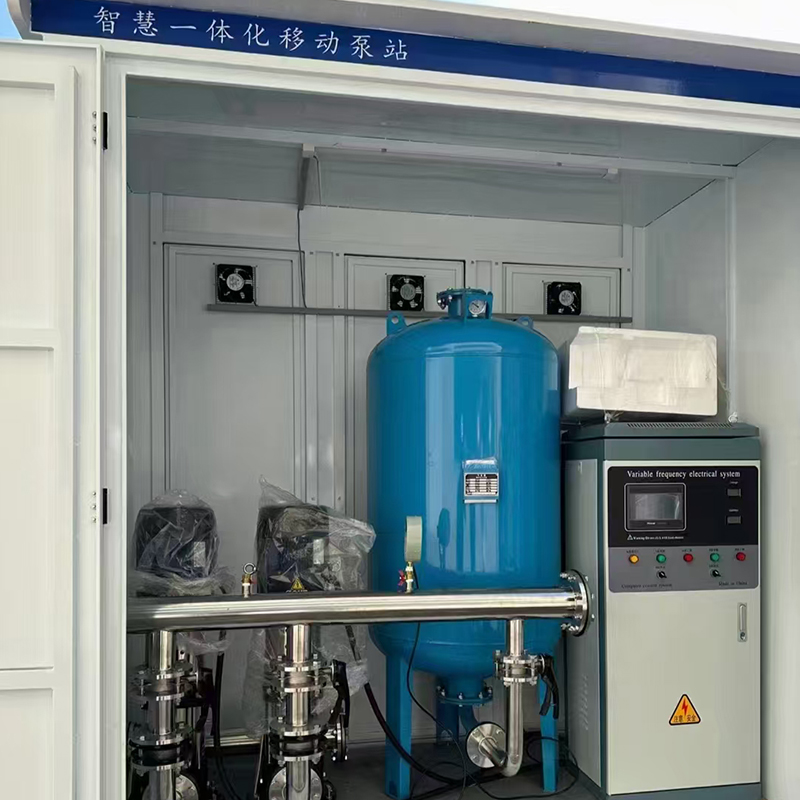

 浙公网安备33032402001888号
浙公网安备33032402001888号
